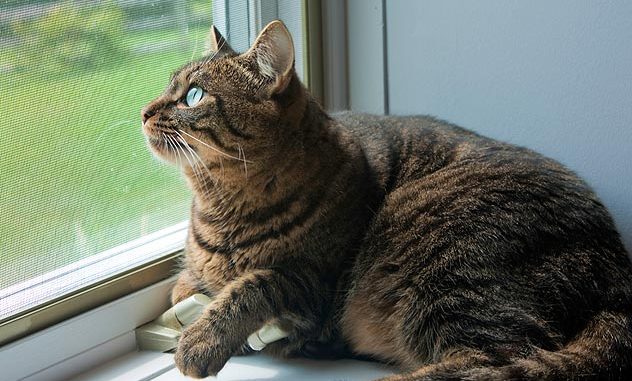
Some of Australia’s pet cats may soon be banned from going outdoors in an attempt to protect native species.
The proposed cat curfew is part of a larger, controversial plan which could also see as many as two million feral cats culled.

BYPASS THE CENSORS
Sign up to get unfiltered news delivered straight to your inbox.
You can unsubscribe any time. By subscribing you agree to our Terms of Use
Latest Video
Plans to keep domestic cats indoors have been drawn up by Australia’s threatened species commissioner, Gregory Andrews, who argues that the move would benefit not only the country’s wildlife but the cats as well. He believes they are happier and healthier when kept inside.
The Sydney Morning Herald reports: But a veterinarian said the measure, already in place in some jurisdictions, could cause health and behavioural problems and should be implemented with caution.
The government’s feral cat plan, released this month, has drawn ire from cat lovers the world over – including French film legend Brigitte Bardot – as it sets out to cull 2 million feral cats.
The plan also seeks to control the roaming habits of domestic cats, which can kill native wildlife and breed with feral cats.
The plan says the government will seek public support for expanded “24-hour containment requirements for domestic cats, particularly close to identified conservation areas of significance”. It listed the measure as a high priority.
Mr Andrews said conservation areas will include 12 million hectares of land across Australia where the government plans to bait feral cats. Exact locations will be determined after consultation with experts.
It would include Commonwealth land such as national parks and defence land, and may also involve contained areas such as peninsulas where feral cat control measures have a good chance of success.
Mr Andrews said community engagement was important and “we are not planning to go in and tell people what to do”.
“In terms of getting the most effective outcome, [we will] work where communities are already making these decisions,” he said.
“The plan over the long term is to make this part of our culture, and then it becomes normalised … It’s a journey that Australia has to go on.”
He said cat containment measures in the ACT required cats in some suburbs to be kept indoors. If allowed outside, they must be on a leash or in an enclosure.
The federal government does not have the power to make laws on domestic or feral cats, but Mr Andrews said it would work with state, territory and local governments to expand cat containment.
The plan says the measures will require “education and enforcement” and should be implemented over time “so it does not cause an unnecessary financial burden on those who cannot afford the containment options, or lead to dumping of domestic cats”.
Since 2005, cat containment areas have been declared in 12 Canberra suburbs adjacent to nature reserves.
The ACT government is considering an expert report that recommends the measure be extended across the territory.
But Canberra vet Michael Archinal cautioned against a “one size fits all approach”, because not all cats coped well with confinement.
“Some cats are very stressed when they are confined, it can actually induce behavioural issues and some physical problems as well,” he said.
Dr Archinal said confined cats could develop bladder issues and behavioural problems because they were prevented from scratching trees, marking, exploring and finding mental stimulation.
The RSPCA says it prefers cat owners keep their pets contained, as long as the animals’ needs are met.
An Animals Australia spokeswoman said it supported cat confinement, but had concerns about the government’s potential baiting and trapping plans.


